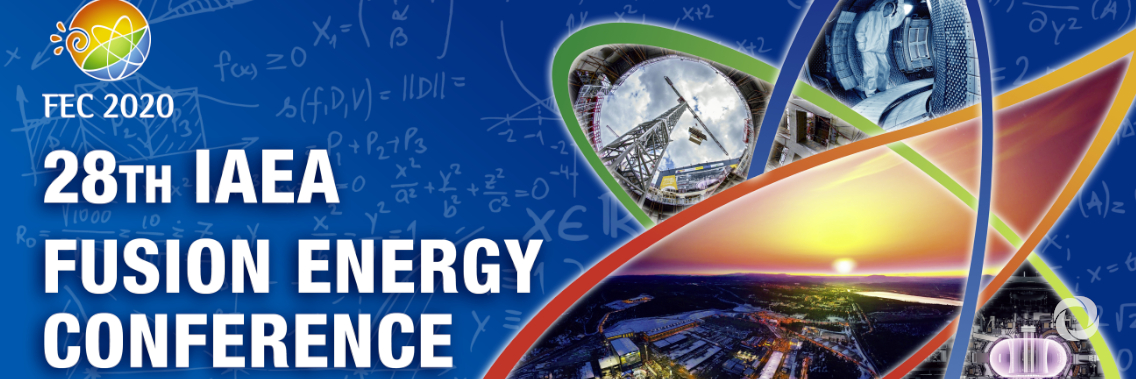? 10-15 May 2021
Virtual
The International Atomic Energy Agency (IAEA) fosters the exchange of scientific and technical results in nuclear fusion research and development through its series of Fusion Energy Conferences. The 28th IAEA Fusion Energy Conference (FEC 2020) aims to provide a forum for the discussion of key physics and technology issues as well as innovative concepts of direct relevance to the use of nuclear fusion as a future source of energy.
With a number of next-step fusion devices currently being implemented — such as ITER (International Thermonuclear Experimental Reactor) in Cadarache, France, and the Wendelstein 7-X stellarator in Greifswald, Germany — and in view of the concomitant need to demonstrate the technological feasibility of fusion power plants, as well as the economic viability of this method of energy production, the fusion community is now facing new challenges. The way these challenges are addressed will determine the direction of research in the present and coming decades.
The scientific scope of FEC 2020 is, therefore, intended to reflect the priorities of this new era in fusion energy research. The conference aims to serve as a platform for sharing the results of research and development efforts in both national and international fusion experiments that have been shaped by these new priorities and to thereby help in pinpointing worldwide advances in fusion theory, experiments, technology, engineering, safety, and socio-economics.
Furthermore, the conference will also set these results against the backdrop of the requirements for a net energy-producing fusion device and a fusion power plant in general, and will thus help in defining the way forward.
With the participation of international organizations such as the ITER International Fusion Energy Organization and the European Atomic Energy Community (Euratom), as well as the collaboration of more than 40 countries and a great number of research institutes, including those working on smaller plasma devices, it is expected that this conference will, like previous conferences in the series, serve to identify the possibilities and means for continuous and effective international collaboration in this area.
The conference aims to bring together senior scientific fusion project leaders; plasma physicists including theoreticians and experimentalists; experts in the various multidisciplinary fields of fusion science and technology; materials engineers; and operators of fusion devices.

